Lesson 1: Finding a breakthrough solution for rice
IMPROVING THE QUALITY AND VALUE OF RICE GRAIN
In the process of intensive rice cultivation, the impact of climate change is becoming increasingly evident. In the face of the achievements of the 4.0 industrial revolution, in order to grasp scientific and technological advances, overcome difficulties and challenges, in the period of 2015 - 2020, Tien Giang implemented the Project of Restructuring Agricultural Production, restructuring rice cultivation towards reducing area, increasing value and adapting to climate change together with the Project "Sustainable Agricultural Transformation in Vietnam (VnSAT Project)"; Project "High-tech Rice Production Area in the period of 2018 - 2020, oriented to 2025"; Project on crop cutting, crop conversion and crop structure in the Eastern districts of Tien Giang province by 2025" and most recently the Project on "Sustainable development of 1 million hectares of high-quality and low-emission rice cultivation associated with green growth in the Mekong Delta by 2030".
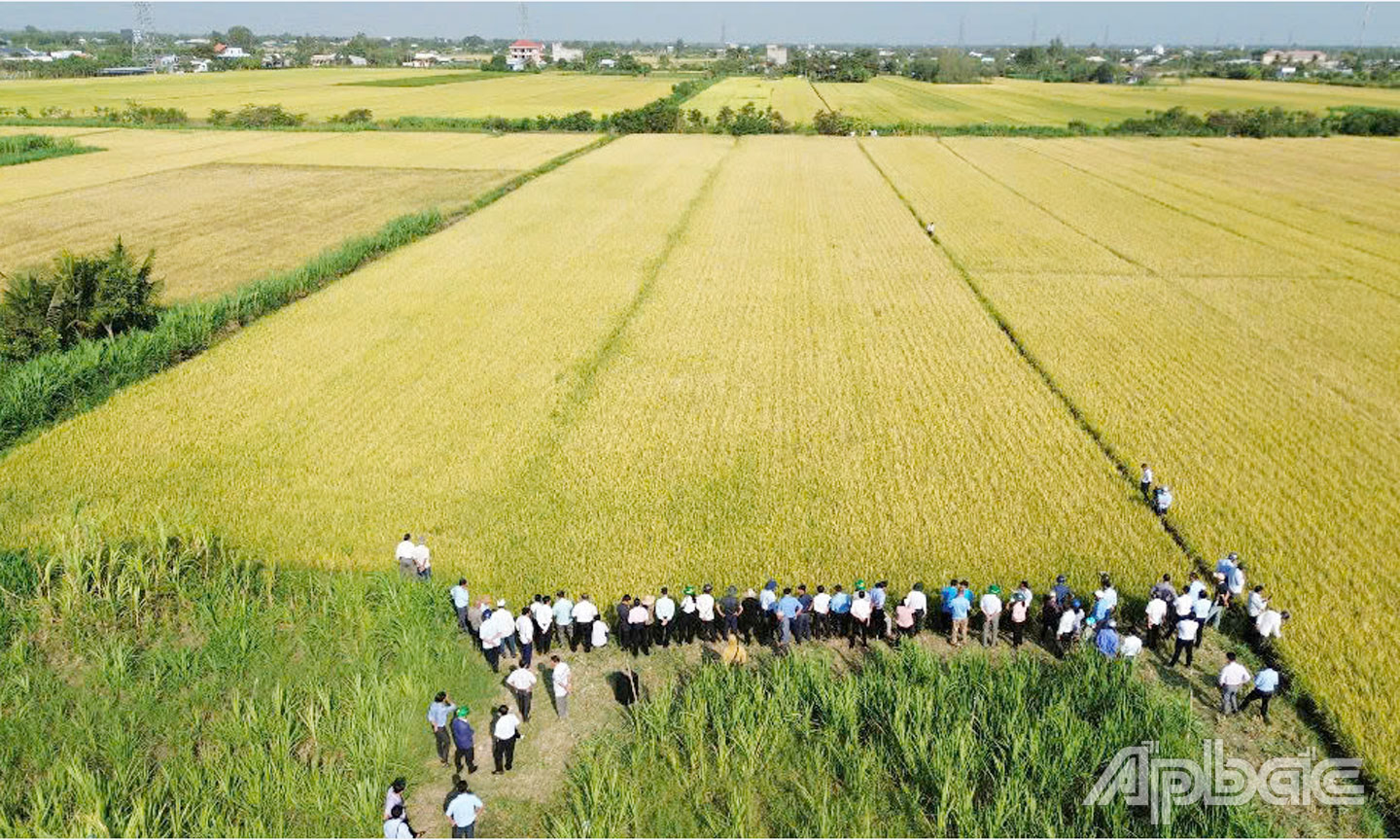 |
| Currently, in the whole Tien Giang province, there are a total of 15,356 hectares applying high technology in rice production. Photo: CAO THANG |
Accordingly, Tien Giang focuses on planning suitable production areas; gradually reducing the proportion of common rice varieties and increasing the proportion of fragrant rice varieties and high-quality rice varieties; investing in facilities, infrastructure and widely applying science and technology , reorganizing production in combination with adaptation to climate change, low emissions, green growth, trade promotion and market development.
Up to now, the province has formed two concentrated rice production areas suitable to the soil characteristics, including: High-quality rice production area in the western districts with 21 thousand hectares and fragrant and specialty rice production area in the eastern districts with 18 thousand hectares.
The province currently has 130 thousand hectares of cultivation per year, with an average yield of nearly 6.2 tons per hectare (2.4 times higher than in 1976). In addition to ensuring output to contribute to food security, the province is currently paying special attention to adaptive and sustainable production associated with emission reduction, improving the quality and value of rice products. It can be said that over the past 50 years, the rice industry has made an important contribution to the development of the province's agricultural sector.
From 1990 to now, when rice output first exceeded 1 million tons/year, rice output continued to increase (in 2005 it reached 1.3 million tons of rice, exporting over 300 thousand tons of rice), contributing to ensuring national food security.
To achieve this success, in addition to irrigation and seed solutions for intensive farming and crop expansion, the solution of promoting the application of technical advances is also a key factor helping the province improve the productivity and quality of rice for export.
Specifically, the province always focuses on safe rice production, applying IPM (integrated pest management), "3 reductions, 3 increases", "1 must, 5 reductions", applying ecological technology to manage brown planthoppers and yellow dwarf and stunted leaf diseases; good agricultural practices (GAP) model... to improve productivity and product competitiveness.
According to comrade Vo Van Men, Head of the Department of Cultivation and Plant Protection of Tien Giang province, up to now, scientific and technical advances have been continued to be applied by farmers and have achieved high efficiency such as "3 reductions, 3 increases", "1 must, 5 reductions" accounting for 91.2%; concentrated sowing, sparse sowing, rice sowing with row sowing tools reached 85.8%; the rate of using original and certified rice varieties is 96.1%.
At the same time, mechanization is applied synchronously in production, specifically mechanization in land preparation and pumping accounts for 100% of the area. The rate of rice harvesting by machine accounts for 100% of the area, helping to reduce post-harvest losses; row-seeding tools, seed sprayers and rice transplanters are increasingly applied; motorized pesticide sprayers and drones serve the mechanization of pesticide spraying on over 98% of the area. In addition, straw rollers and transplanters effectively utilize by-products, reduce labor, and contribute to increasing income for producers.
Comrade Vo Van Men said that, along with increased output, to solve the problem of consumption, the construction of “Large Fields”, the production and consumption linkage chain of rice, building rice brands, etc. were also implemented synchronously and closely in accordance with the production conditions of each region. The model has linked rice production between farmers and enterprises. Thereby, the source of raw materials for rice for export is proactive, people are assured of production, contributing to increasing production capacity and product value in the export market.
RICE PRODUCTION TO ADAPT CLIMATE CHANGE
Comrade Vo Van Men said that in order for the province's rice growing industry to continue to develop, adapt to climate change and increasingly severe saline intrusion, and maintain its position in the province's agricultural production structure, in the coming time, the provincial agricultural sector will focus on implementing many synchronous and specific solutions such as reviewing, investing in, and upgrading infrastructure serving production. Especially investing in irrigation systems, distributing and regulating water resources effectively; at the same time, transferring water resources from areas of abundance to areas of shortage.
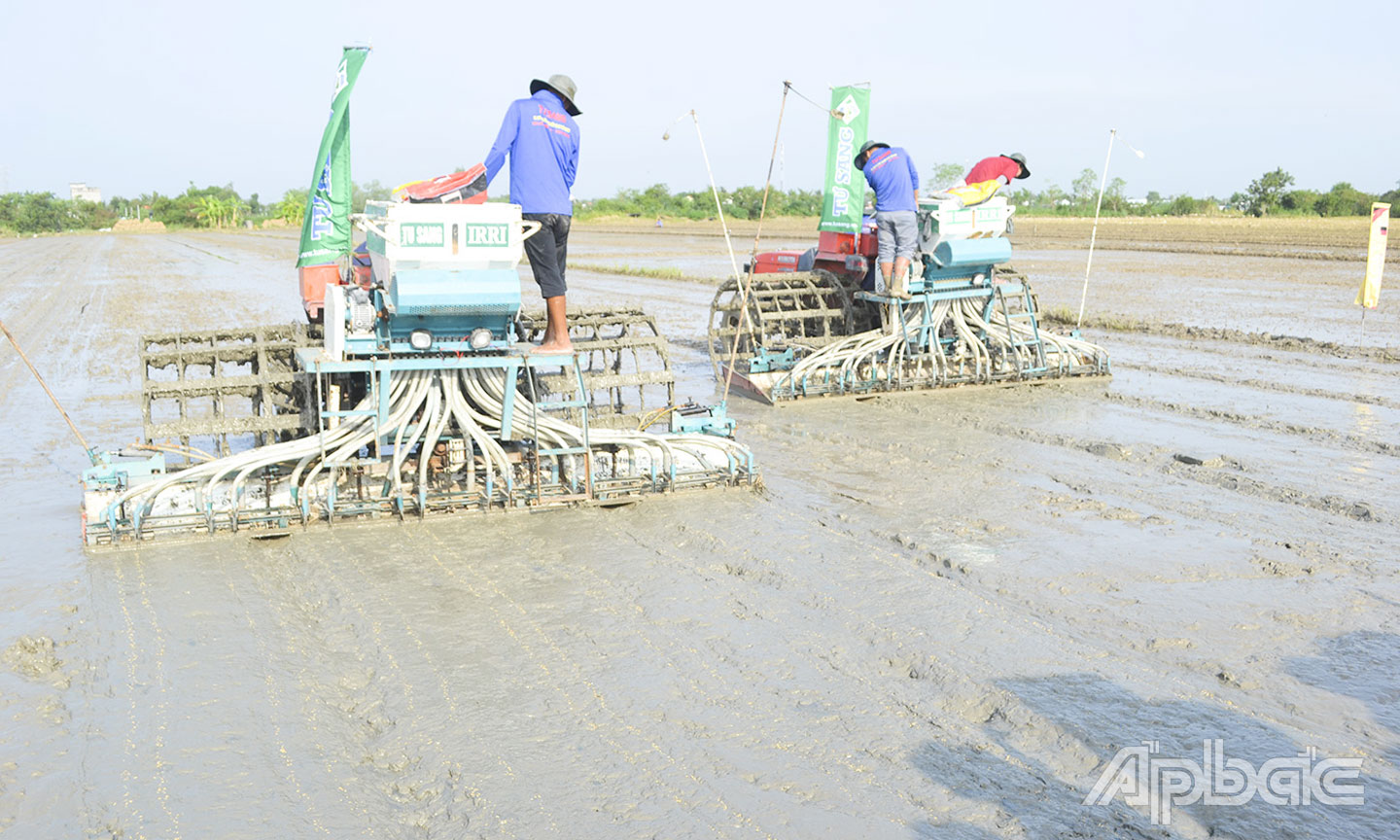 |
| Demonstration of machine-based sowing at Hoa Thanh Agricultural Cooperative at the Launching Ceremony of the Project "Sustainable development of 1 million hectares of high-quality and low-emission rice cultivation associated with green growth in the Mekong Delta region by 2030" held in Binh Tan commune, Go Cong Tay district on December 19, 2024. |
Along with that, we need to monitor the development of saltwater intrusion, proactively store water, and put into operation anti-salinity works to minimize damage to agricultural production, aiming to develop the socio-economy of the whole region.
In addition, the agricultural sector continues to orient the variety structure, recommending farmers to use new rice varieties that meet the requirements of the export and domestic consumption markets, have high nutritional value, adapt to climate change and reduce greenhouse gas emissions.
Along with that, it is necessary to promote the popular application of identified good production processes such as 1P5G, VietGAP, GlobalGAP, SRP and equivalent, organic rice... integrated with high technology, mechanization, automatic irrigation, use of automatic equipment and tools to respond to climate change such as Risk Maps and Climate Change Adaptation Plans (CS-Map), applications for meteorological and hydrological forecasting, agricultural weather bulletins, water source and water quality forecasts, rice pest and disease forecasts...
At the same time, the provincial Department of Agriculture continues to promote the organization of crop cutting and flexible crop restructuring, suitable for irrigation water conditions in rice production areas at risk of water shortage (Eastern region) to ensure safe and sustainable production.
Along with that, effectively implement the Project "Sustainable development of 1 million hectares of high-quality and low-emission rice cultivation associated with green growth in the Mekong Delta by 2030"; actively apply solutions to maintain the approved high-yield and high-quality rice planning area.
FRIENDLY
Source: https://baoapbac.vn/kinh-te/202506/tien-giang-tu-thieu-luong-thuc-den-vung-trong-diem-xuat-khau-lua-gao-bai-cuoi-dua-tien-bo-ky-thuat-vao-san-xuat-lua-1044371/








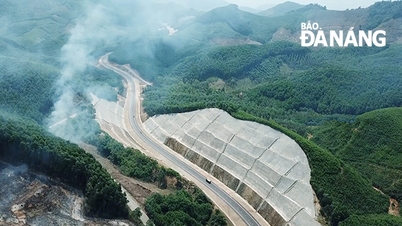


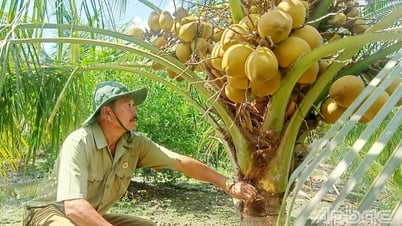

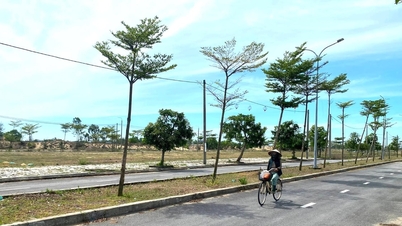

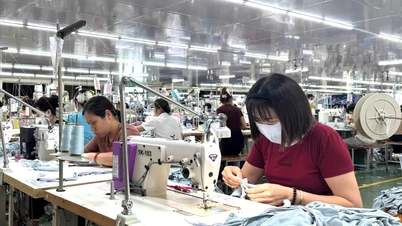





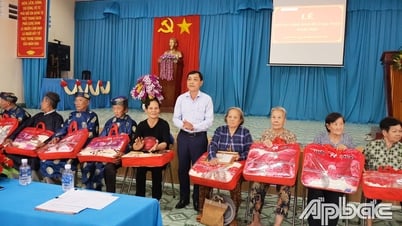


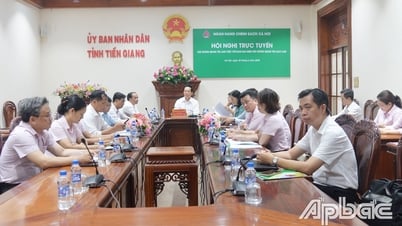
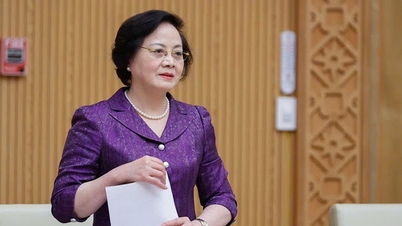






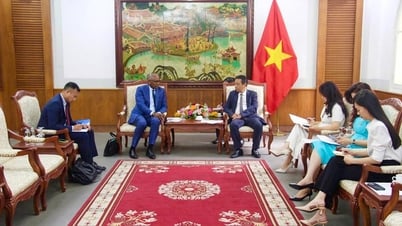






























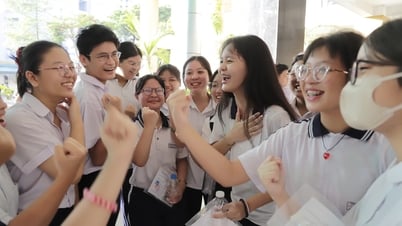
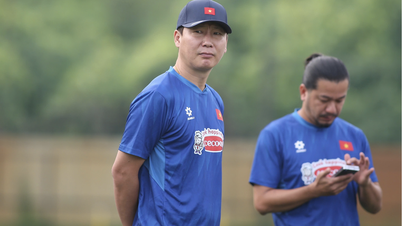



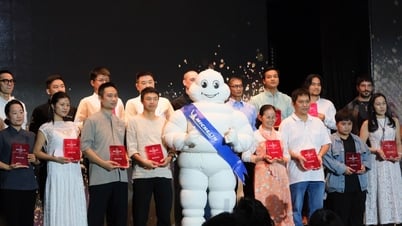
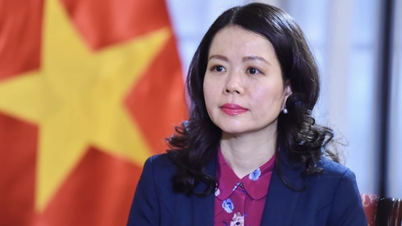








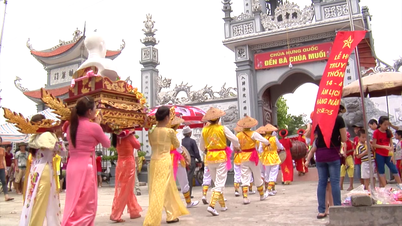

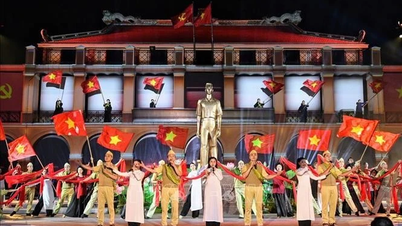

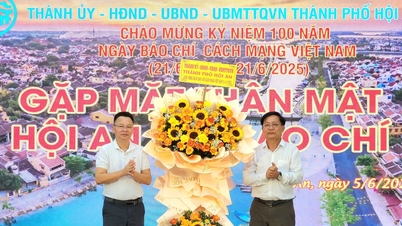
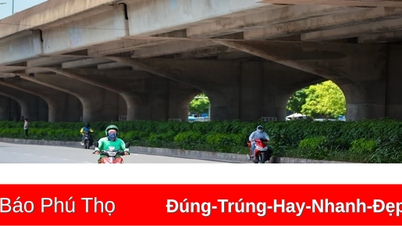












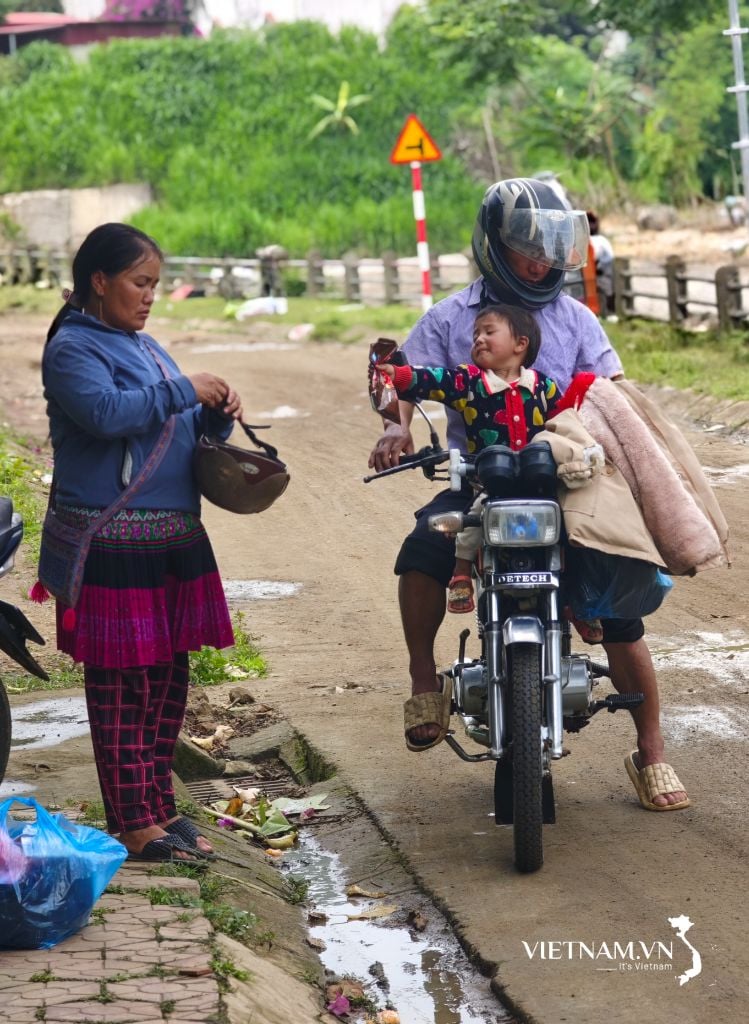

Comment (0)